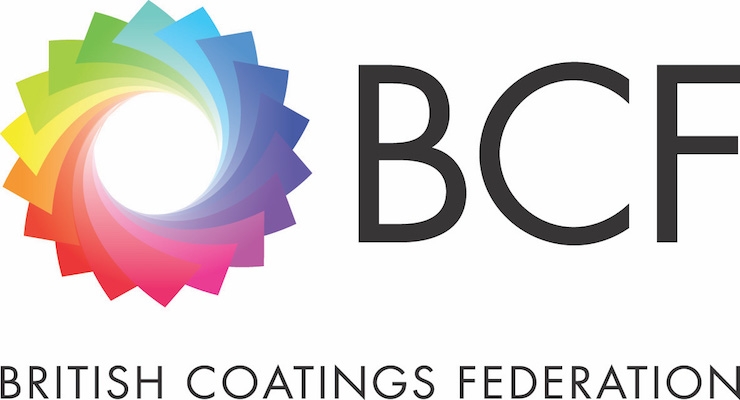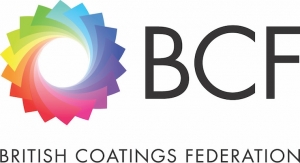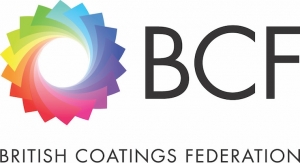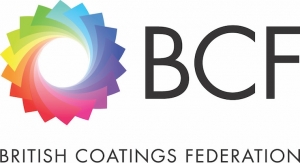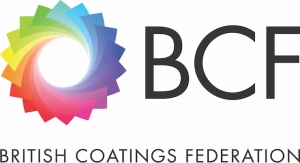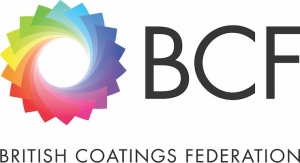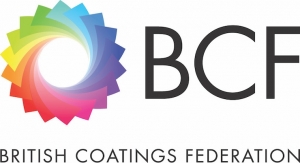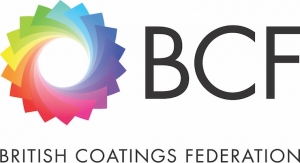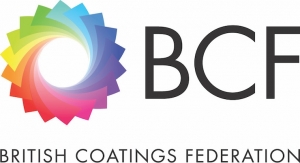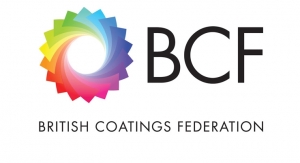11.28.18
Following the results of the British Coatings Federation’s 2017 Indicators of Performance study, it was revealed that the coatings industry has made noticeable improvements from 2016, especially in regards to safety and environmental performance.
Data from 36 manufacturing sites making paints, coatings and printing inks have been surveyed every year since 1996.
2017 was a milestone year as it represented the lowest ever figure for injuries per 100,000 hours worked. Over a long-term trend, the rate has come down from a high of 0.85 in 1996 to a low of 0.16 in 2017.
The amount of waste sent to landfill decreased and the proportion of participants reporting zero landfills increased dramatically, from 38 percent in 2016 to 47 percent in 2017. Recycling now accounts for 63 percent of all the waste created by BCF’s members, compared to 17 percent in 1996. In contrast, waste to landfill has plummeted from 75 percent at a peak, to eight percent today.
Two other metrics going in the right direction are energy used per ton of production, which was 3.7 percent lower than in 2016, and organic solvents purchased per ton of production, which decreased by 5.8 percent.
“…[W]e will be striving to encourage our members to continue the excellent results, in terms of their outstanding environmental and safety performance,” BCF Chief Executive Tom Bowtell said.
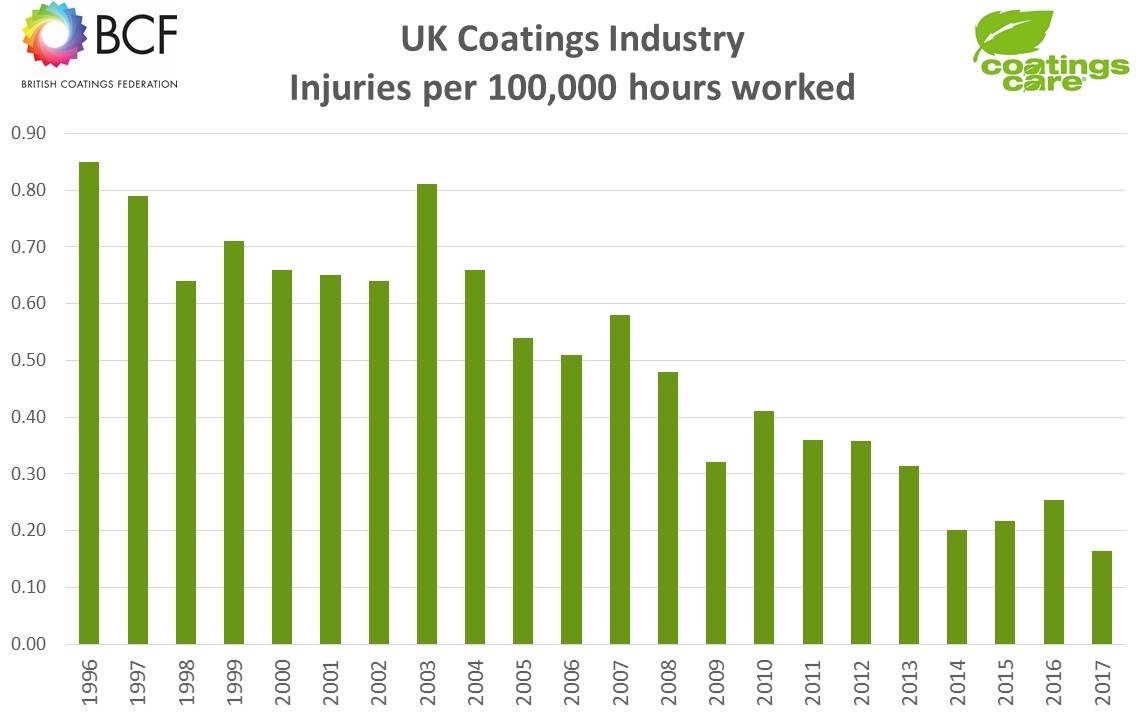
Data from 36 manufacturing sites making paints, coatings and printing inks have been surveyed every year since 1996.
2017 was a milestone year as it represented the lowest ever figure for injuries per 100,000 hours worked. Over a long-term trend, the rate has come down from a high of 0.85 in 1996 to a low of 0.16 in 2017.
The amount of waste sent to landfill decreased and the proportion of participants reporting zero landfills increased dramatically, from 38 percent in 2016 to 47 percent in 2017. Recycling now accounts for 63 percent of all the waste created by BCF’s members, compared to 17 percent in 1996. In contrast, waste to landfill has plummeted from 75 percent at a peak, to eight percent today.
Two other metrics going in the right direction are energy used per ton of production, which was 3.7 percent lower than in 2016, and organic solvents purchased per ton of production, which decreased by 5.8 percent.
“…[W]e will be striving to encourage our members to continue the excellent results, in terms of their outstanding environmental and safety performance,” BCF Chief Executive Tom Bowtell said.


